Home>Gardening & Outdoor>Pool & Spa Care>How To Lower Chlorine Level In Hot Tub
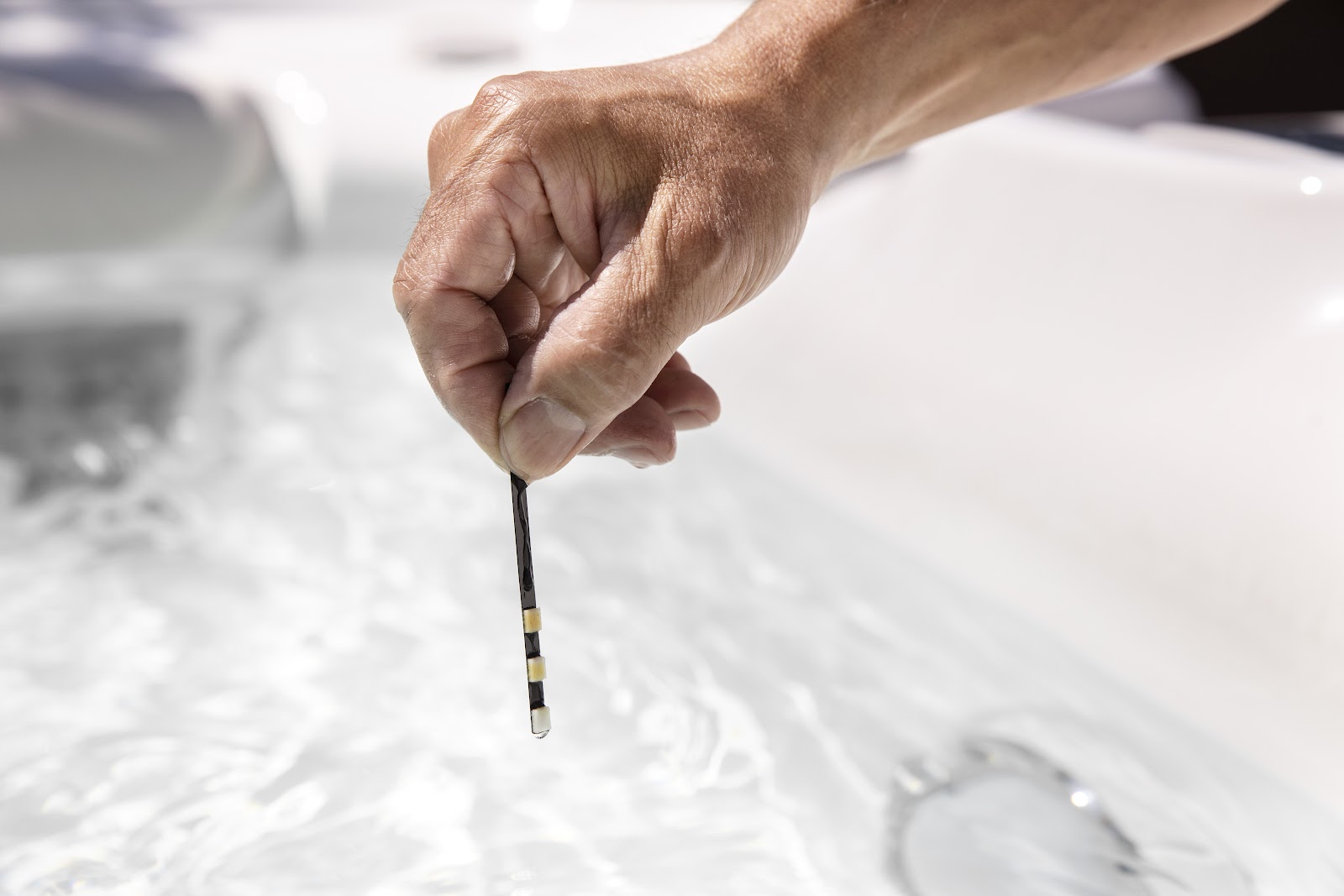

Pool & Spa Care
How To Lower Chlorine Level In Hot Tub
Published: December 29, 2023
Learn effective methods for lowering chlorine levels in your hot tub with expert pool and spa care tips. Keep your water clean and safe with these proven techniques.
(Many of the links in this article redirect to a specific reviewed product. Your purchase of these products through affiliate links helps to generate commission for Storables.com, at no extra cost. Learn more)
Introduction
Owning a hot tub is a luxurious and relaxing experience, but maintaining proper water chemistry is crucial for a safe and enjoyable soak. One of the key aspects of hot tub maintenance is managing the chlorine levels, as it plays a vital role in keeping the water clean and free from harmful bacteria and contaminants. However, there are times when the chlorine level in your hot tub may become too high, leading to potential skin and eye irritation. In this comprehensive guide, we will explore the essential steps to lower the chlorine level in your hot tub effectively and safely.
Ensuring that your hot tub water is well-balanced is not only essential for your health and comfort but also for the longevity of your hot tub equipment. By understanding the principles of chlorine management and familiarizing yourself with the necessary testing and adjustment techniques, you can maintain an inviting and hygienic hot tub environment for all to enjoy. Let's delve into the intricacies of managing chlorine levels in hot tubs and discover the best practices for achieving optimal water quality.
Key Takeaways:
- Maintaining the right chlorine level in your hot tub is crucial for a safe and enjoyable soak. Regular testing and simple adjustments like dilution can help keep the water clean and comfortable for everyone.
- If your hot tub’s chlorine level is too high, you can lower it by adding fresh water, using a chlorine neutralizer, or letting the water aerate. Exploring alternative sanitizing methods like bromine or mineral-based systems can also offer different benefits.
Understanding Chlorine Levels in Hot Tubs
Chlorine serves as a powerful sanitizer in hot tubs, effectively combating bacteria, algae, and other contaminants that can compromise water quality. When chlorine is added to the hot tub water, it forms hypochlorous acid, a potent disinfectant that eliminates harmful microorganisms. However, maintaining the ideal chlorine level is crucial, as excessive chlorine can lead to skin and eye irritation, while insufficient levels may result in inadequate sanitation.
The recommended range for chlorine levels in hot tubs typically falls between 3 to 5 parts per million (ppm). This range ensures effective sanitization while minimizing the risk of discomfort for bathers. Regular testing is essential to monitor chlorine levels, as factors such as bather load, environmental conditions, and the frequency of hot tub use can impact the rate of chlorine consumption.
It’s important to note that high temperatures can accelerate chlorine loss in hot tubs, necessitating more frequent monitoring and adjustment. Additionally, the use of chlorine-based shock treatments, which are beneficial for oxidizing organic contaminants, can temporarily elevate chlorine levels. Understanding these dynamics is fundamental in maintaining a healthy balance of chlorine in your hot tub.
By comprehending the role of chlorine and its interaction with hot tub water, you can make informed decisions regarding its management. Whether you are addressing elevated chlorine levels or seeking to maintain an optimal balance, a deeper understanding of these dynamics will empower you to effectively care for your hot tub and ensure a safe and enjoyable soaking experience.
Testing Chlorine Levels
Accurate and regular testing of chlorine levels is fundamental to maintaining a healthy hot tub environment. There are various methods available for testing chlorine levels, each offering unique advantages in terms of convenience and precision. Test strips, liquid test kits, and digital testers are among the most commonly used tools for monitoring chlorine levels in hot tubs.
Test strips are a popular choice for their simplicity and ease of use. By dipping a test strip into the hot tub water and comparing the resulting color to a provided chart, you can quickly assess the chlorine concentration. While test strips offer a convenient and cost-effective solution, they may have limitations in terms of accuracy, especially at higher chlorine levels.
Liquid test kits, which typically utilize reagents to produce color changes corresponding to chlorine levels, provide a more precise measurement compared to test strips. This method allows for a more nuanced assessment of chlorine concentration, making it particularly valuable when adjusting chlorine levels within a specific range.
For those seeking advanced accuracy and digital convenience, electronic testers offer a reliable solution for monitoring chlorine levels. These devices utilize sensors or titration methods to provide digital readouts of chlorine concentration, offering a high level of precision and eliminating the subjectivity associated with color interpretation.
Regardless of the testing method chosen, it is essential to conduct regular testing, especially after heavy usage or shock treatments, to ensure that the chlorine levels remain within the recommended range. By staying proactive in monitoring chlorine levels, you can address any fluctuations promptly and maintain a clean and safe hot tub environment for all to enjoy.
To lower the chlorine level in your hot tub, you can add a chlorine neutralizer or use a shock treatment to break down the excess chlorine. Be sure to test the water regularly to monitor the levels.
Adjusting Chlorine Levels
When faced with high chlorine levels in your hot tub, it is essential to take prompt and effective measures to restore the water to a balanced and comfortable state. Several methods can be employed to lower the chlorine level, offering flexibility in addressing this common maintenance challenge.
One of the simplest ways to reduce chlorine levels is through dilution. By adding fresh water to the hot tub, you can effectively lower the concentration of chlorine. This method is particularly useful when the chlorine level is moderately elevated and can be complemented by adjusting other water chemistry parameters to maintain overall balance.
Another approach involves the use of a chlorine neutralizer or shock-reducing agent. These products are specifically designed to rapidly reduce chlorine levels in hot tubs, offering a targeted solution for addressing elevated concentrations. When using a chlorine neutralizer, it is crucial to carefully follow the manufacturer’s instructions to achieve the desired reduction while avoiding overcorrection.
Additionally, allowing the hot tub water to aerate can facilitate the natural dissipation of chlorine. By enabling the water to circulate and interact with the surrounding air, chlorine gas can escape, gradually reducing the chlorine concentration. This method is particularly effective when combined with moderate temperature reduction, as higher temperatures can impede chlorine dissipation.
It is important to note that adjusting chlorine levels should be approached with caution, as overshooting the correction can lead to insufficient sanitization, compromising water quality. Regular testing during the adjustment process is crucial to ensure that the chlorine level is gradually brought within the recommended range without creating a new imbalance.
By employing these strategies and maintaining a proactive approach to water testing and adjustment, you can effectively manage chlorine levels in your hot tub, ensuring a safe and enjoyable soaking experience for you and your guests. With a keen understanding of the available methods for reducing chlorine levels, you can confidently address this aspect of hot tub maintenance, promoting a harmonious balance of water chemistry.
Alternative Sanitizing Methods
While chlorine remains a widely utilized sanitizer in hot tubs, there are alternative methods available for those seeking different approaches to water treatment. Exploring these alternatives can provide valuable insights into innovative sanitization techniques that offer distinct benefits and may appeal to individuals with specific preferences or sensitivities.
Bromine, a close relative of chlorine, is a popular alternative sanitizer that is well-suited for hot tub use. Unlike chlorine, bromine remains effective in hot water temperatures and exhibits greater stability, making it an attractive option for hot tub owners. Bromine is available in various forms, including tablets and granules, offering flexibility in application and maintenance.
Mineral-based sanitizers, such as those utilizing silver ions and copper, offer a natural and gentle approach to water treatment. These systems harness the antimicrobial properties of minerals to combat bacteria and algae, reducing the reliance on traditional sanitizers. Mineral cartridges can be integrated into hot tub filtration systems, providing continuous sanitization while reducing the demand for chemical additives.
Ozone generators represent another alternative sanitizing method that leverages the oxidative power of ozone to disinfect hot tub water. Ozone, a highly reactive form of oxygen, effectively destroys contaminants and impurities, contributing to enhanced water clarity and purity. Ozone generators can be integrated into hot tub circulation systems, offering a supplementary sanitization mechanism alongside traditional chemical treatments.
UV-C sanitation, which utilizes ultraviolet light to neutralize microorganisms, presents a cutting-edge approach to hot tub water treatment. UV-C systems expose water to germicidal UV light, effectively disrupting the DNA of bacteria and viruses, thus preventing their reproduction. By incorporating UV-C technology, hot tub owners can enhance the overall sanitation of their water while reducing the reliance on chemical sanitizers.
Enzyme-based cleaners and clarifiers offer a natural and eco-friendly solution for maintaining hot tub water quality. These products harness the power of enzymes to break down organic contaminants, such as body oils and lotions, while promoting water clarity. Enzyme-based treatments can complement traditional sanitizers, contributing to a more balanced and harmonious water environment.
By exploring these alternative sanitizing methods, hot tub owners can gain a deeper understanding of the diverse approaches to water treatment, enabling them to make informed decisions based on their specific preferences and requirements. Whether seeking enhanced stability, natural solutions, or advanced technology, the array of alternative sanitizing methods offers a spectrum of options for promoting clean, clear, and inviting hot tub water.
Read more: Why Is My Chlorine Level So Low In Hot Tub
Conclusion
Maintaining optimal chlorine levels in your hot tub is a fundamental aspect of water care, ensuring a safe, comfortable, and inviting environment for relaxation and rejuvenation. By understanding the dynamics of chlorine management, testing methods, and adjustment strategies, you can effectively navigate the nuances of hot tub maintenance, promoting a harmonious balance of water chemistry.
Regular testing and proactive monitoring of chlorine levels are essential practices that empower you to promptly address any deviations, ensuring that the water remains within the recommended range for optimal sanitization and bather comfort. Whether utilizing test strips, liquid test kits, or digital testers, the choice of testing method should align with your preference for convenience and precision, enabling you to make informed decisions regarding water treatment.
When faced with elevated chlorine levels, the implementation of targeted adjustment methods, such as dilution, chlorine neutralizers, and aeration, offers effective solutions for restoring the water to a balanced state. By approaching chlorine level adjustment with care and attentiveness, you can mitigate potential discomfort while maintaining the efficacy of water sanitation.
Exploring alternative sanitizing methods, including bromine, mineral-based systems, ozone generators, UV-C sanitation, and enzyme-based treatments, provides valuable insights into innovative approaches to water care. These alternatives offer diverse benefits, catering to individual preferences and sensitivities, and may present compelling options for those seeking alternative solutions to traditional chlorine-based sanitation.
In conclusion, the management of chlorine levels in your hot tub is a multifaceted endeavor that encompasses testing, adjustment, and the exploration of alternative sanitizing methods. By embracing a comprehensive approach to water care and remaining attentive to the nuances of chlorine management, you can cultivate a pristine and inviting hot tub environment, fostering a delightful and rejuvenating soaking experience for you and your guests.
With a commitment to maintaining balanced chlorine levels and exploring innovative sanitization techniques, you can elevate the quality of your hot tub water, ensuring that it remains a source of relaxation, wellness, and enjoyment for years to come.
Frequently Asked Questions about How To Lower Chlorine Level In Hot Tub
Was this page helpful?
At Storables.com, we guarantee accurate and reliable information. Our content, validated by Expert Board Contributors, is crafted following stringent Editorial Policies. We're committed to providing you with well-researched, expert-backed insights for all your informational needs.
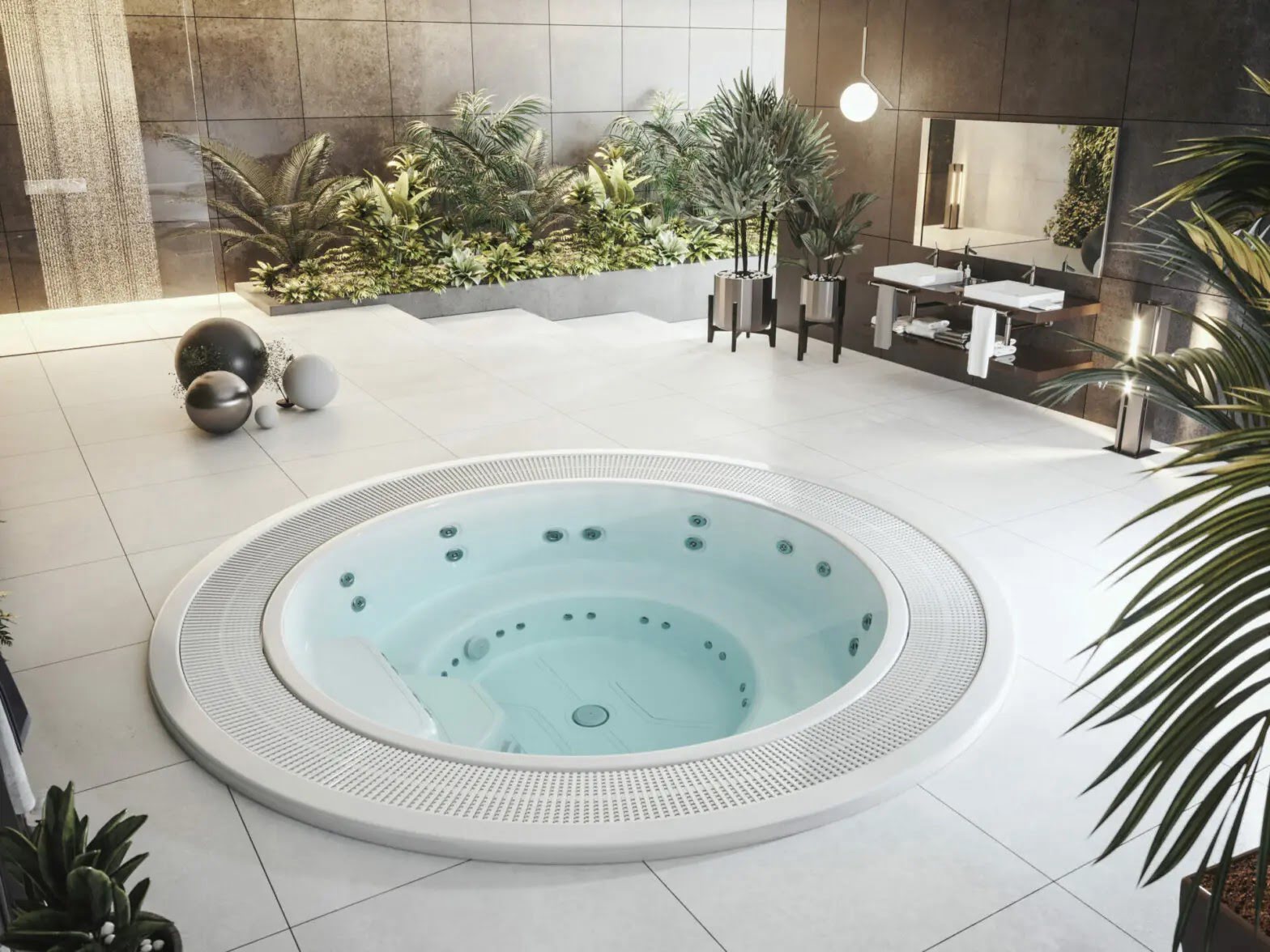
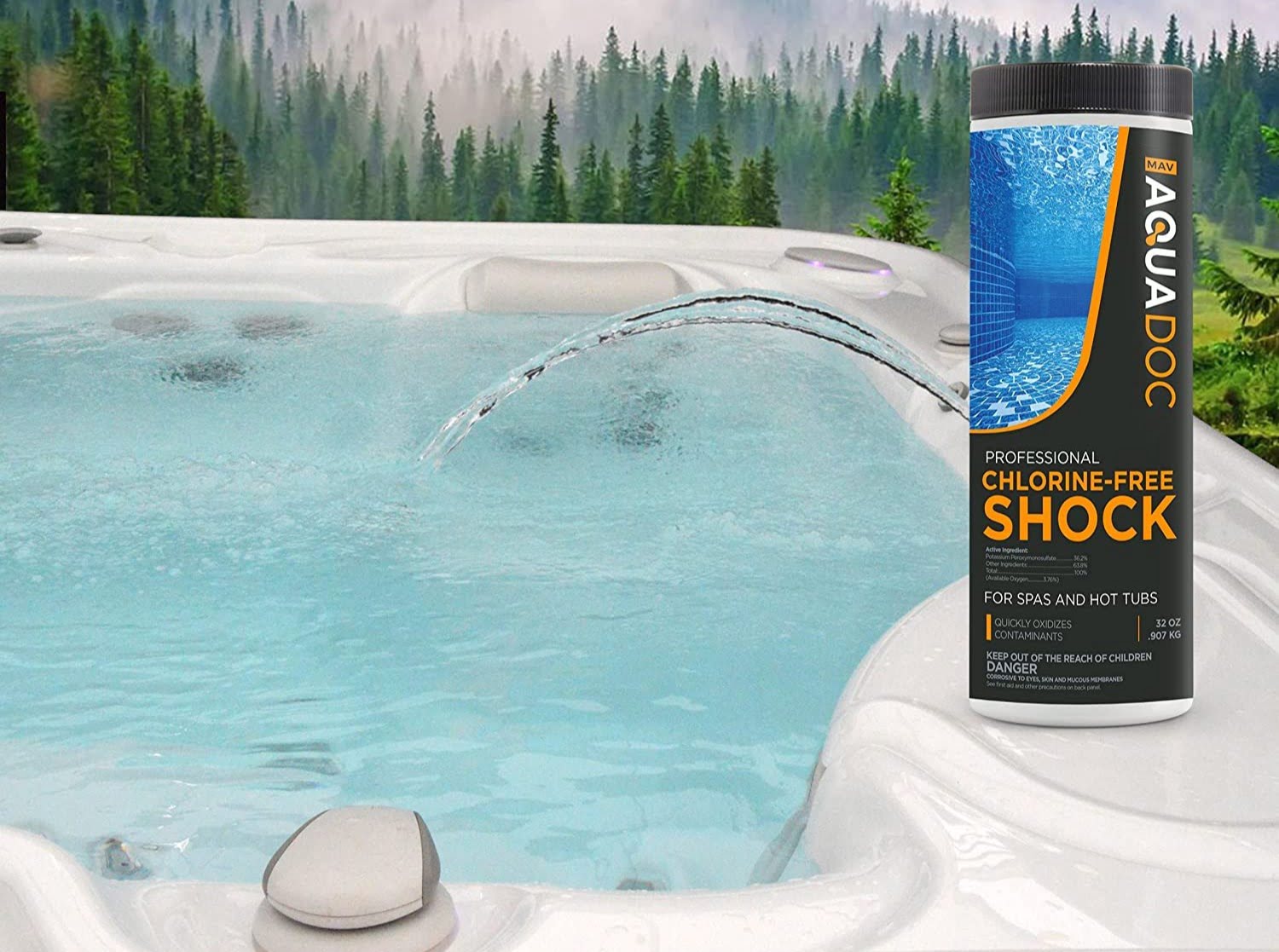
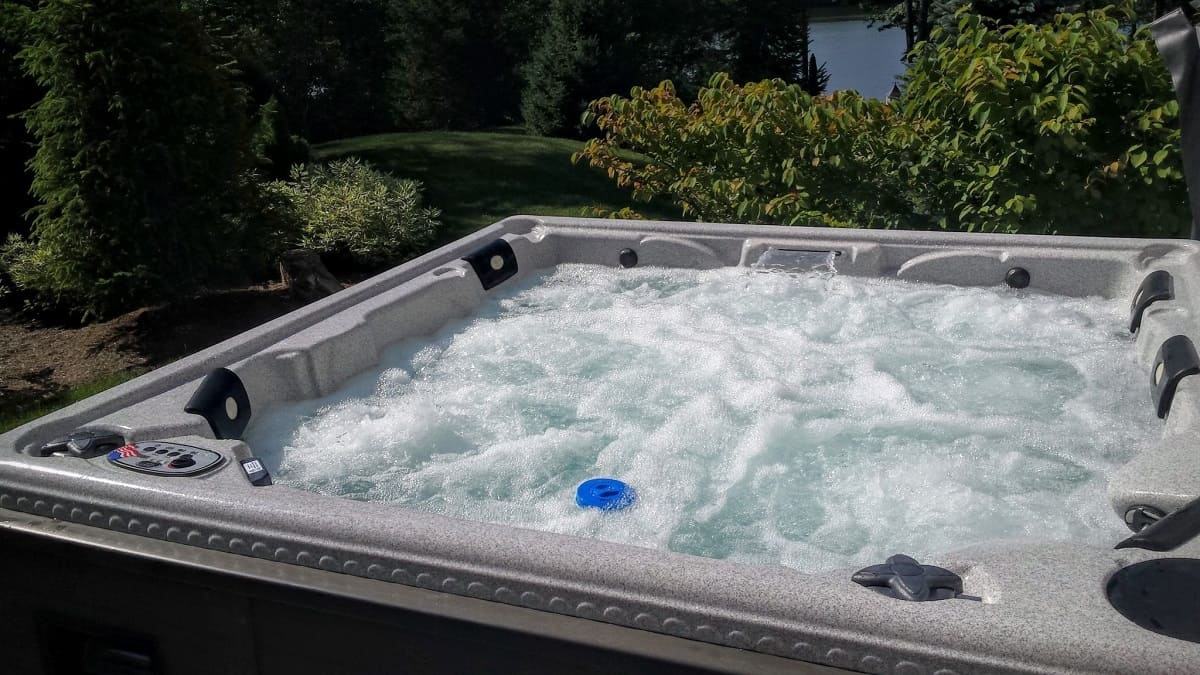
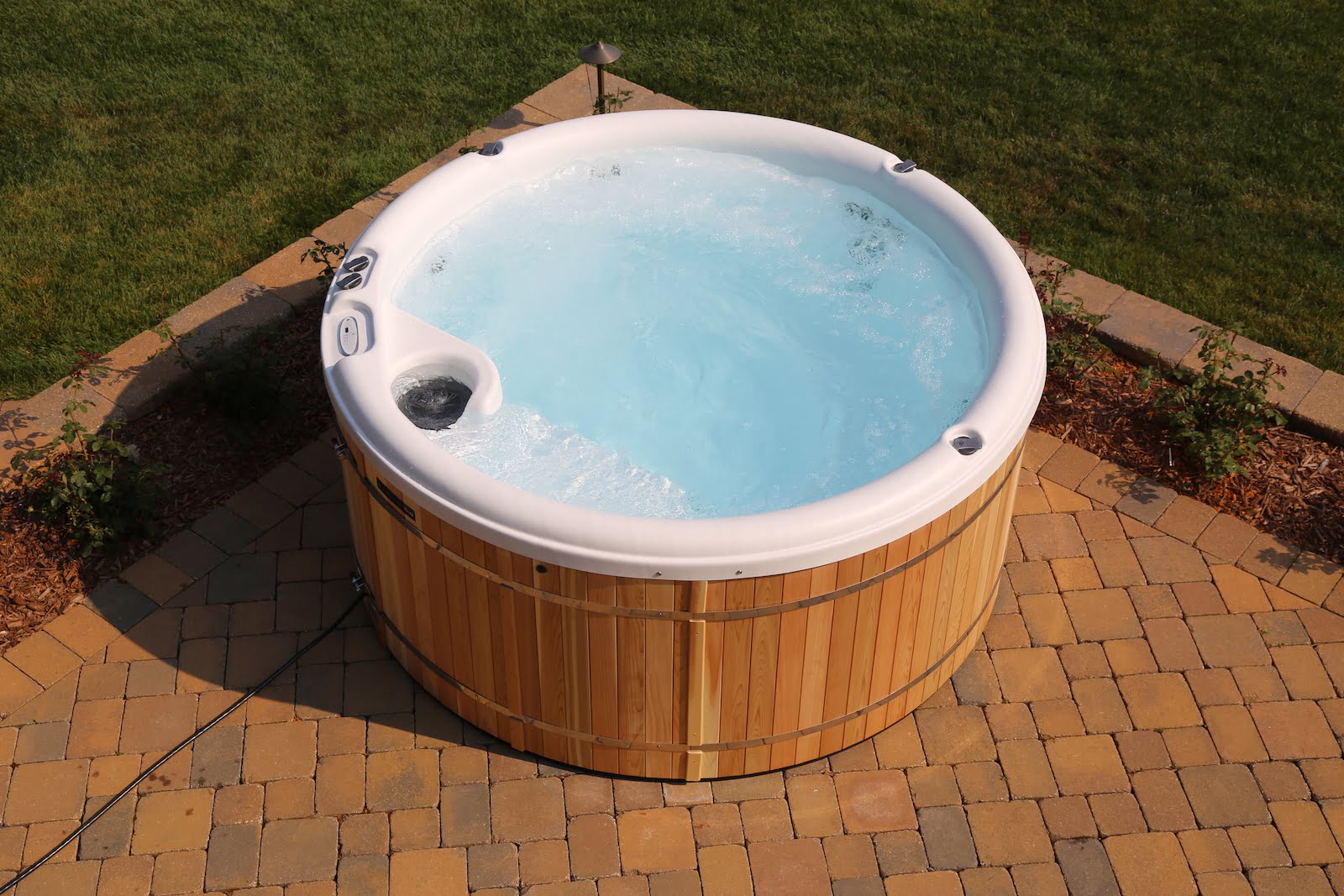

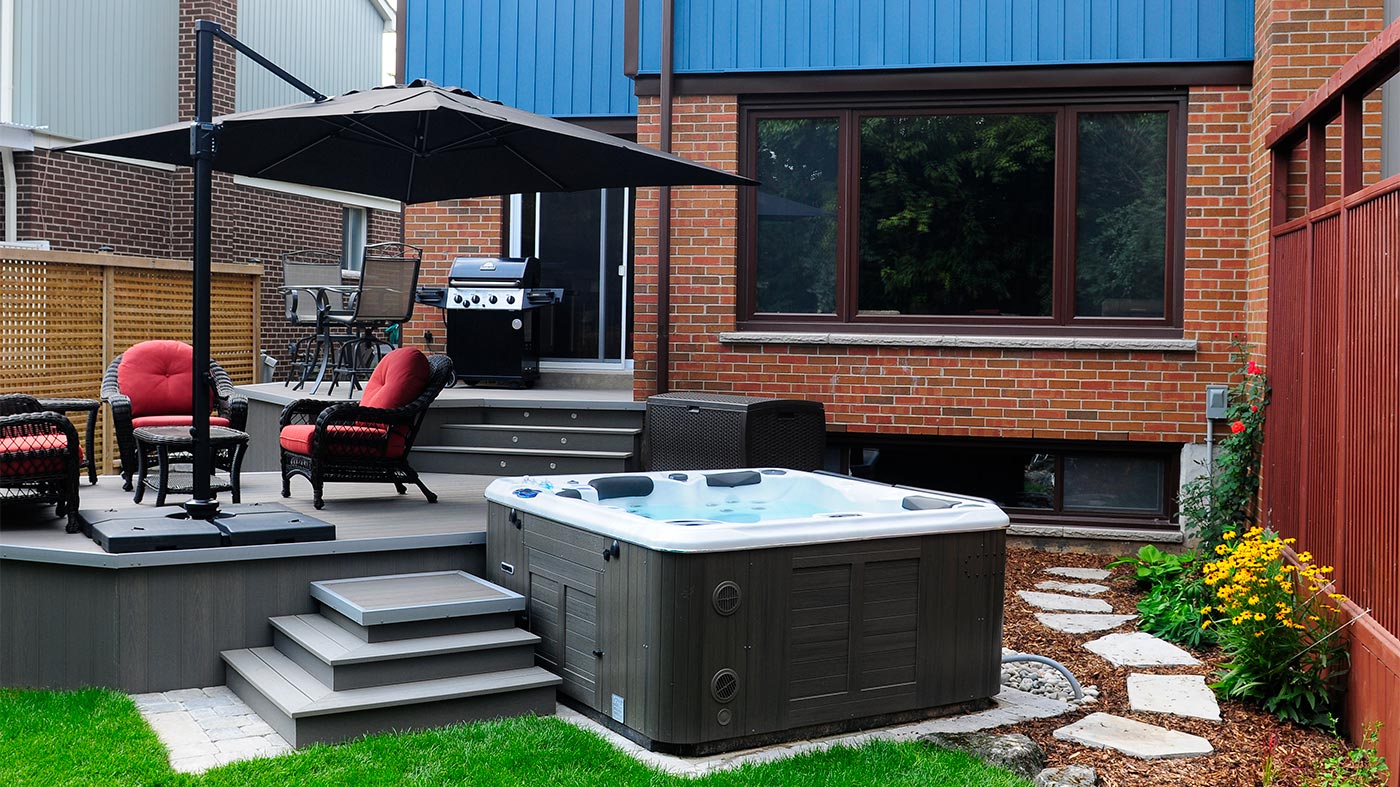
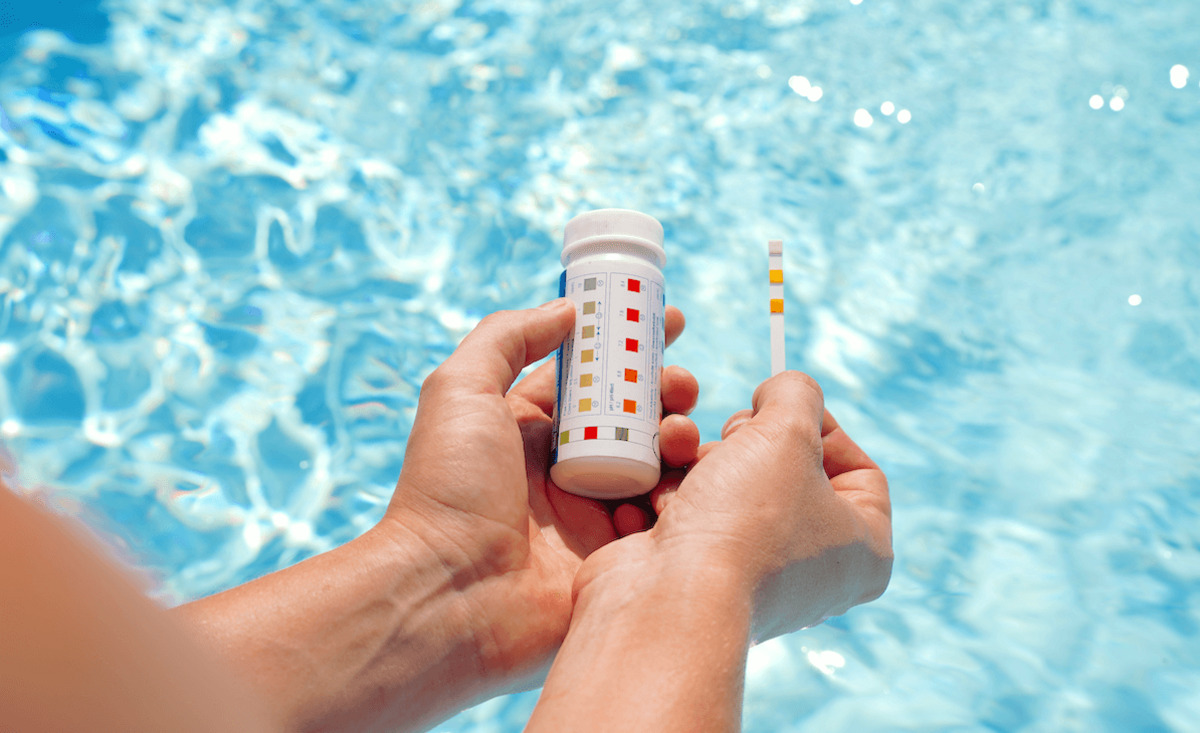
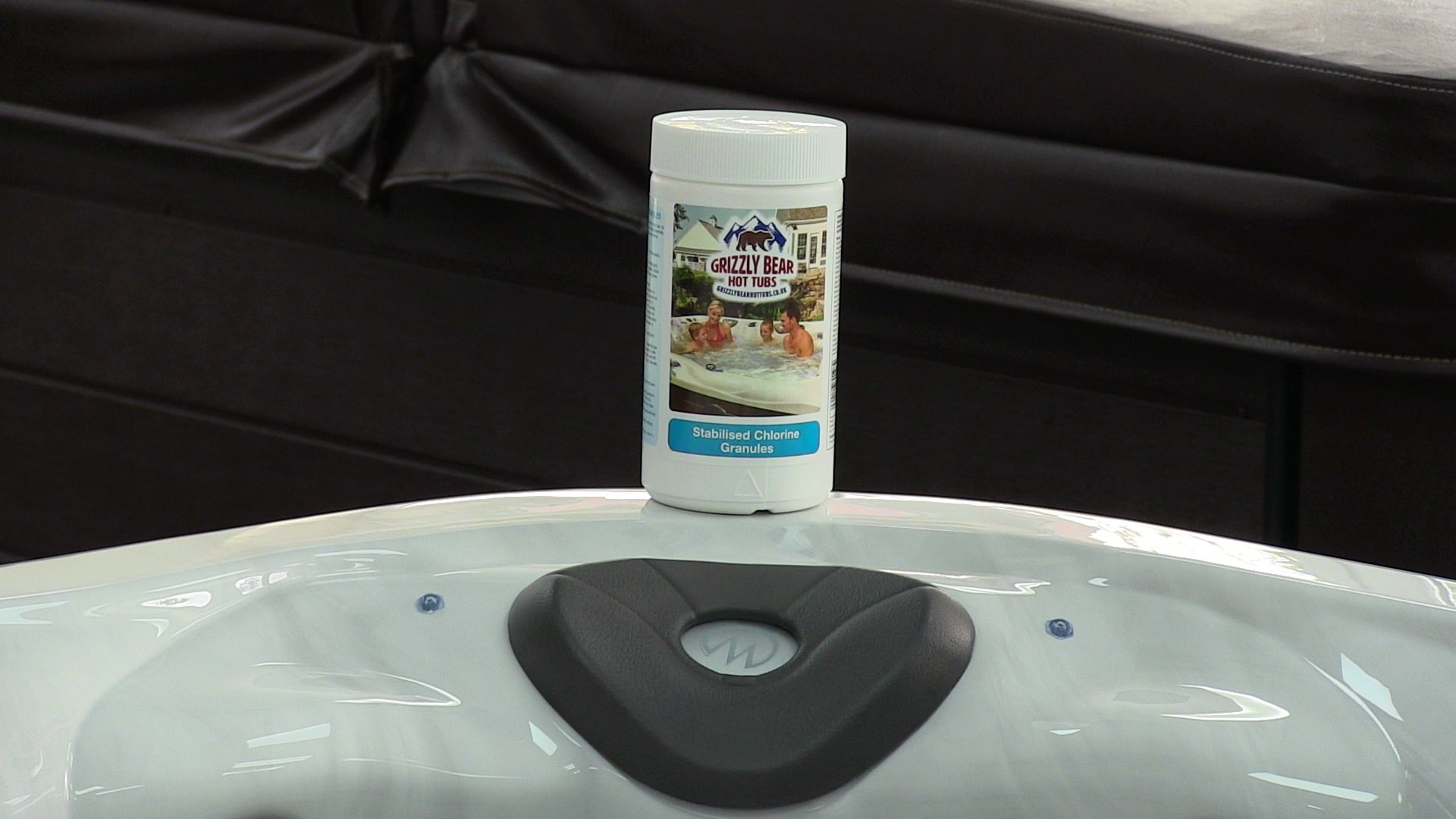
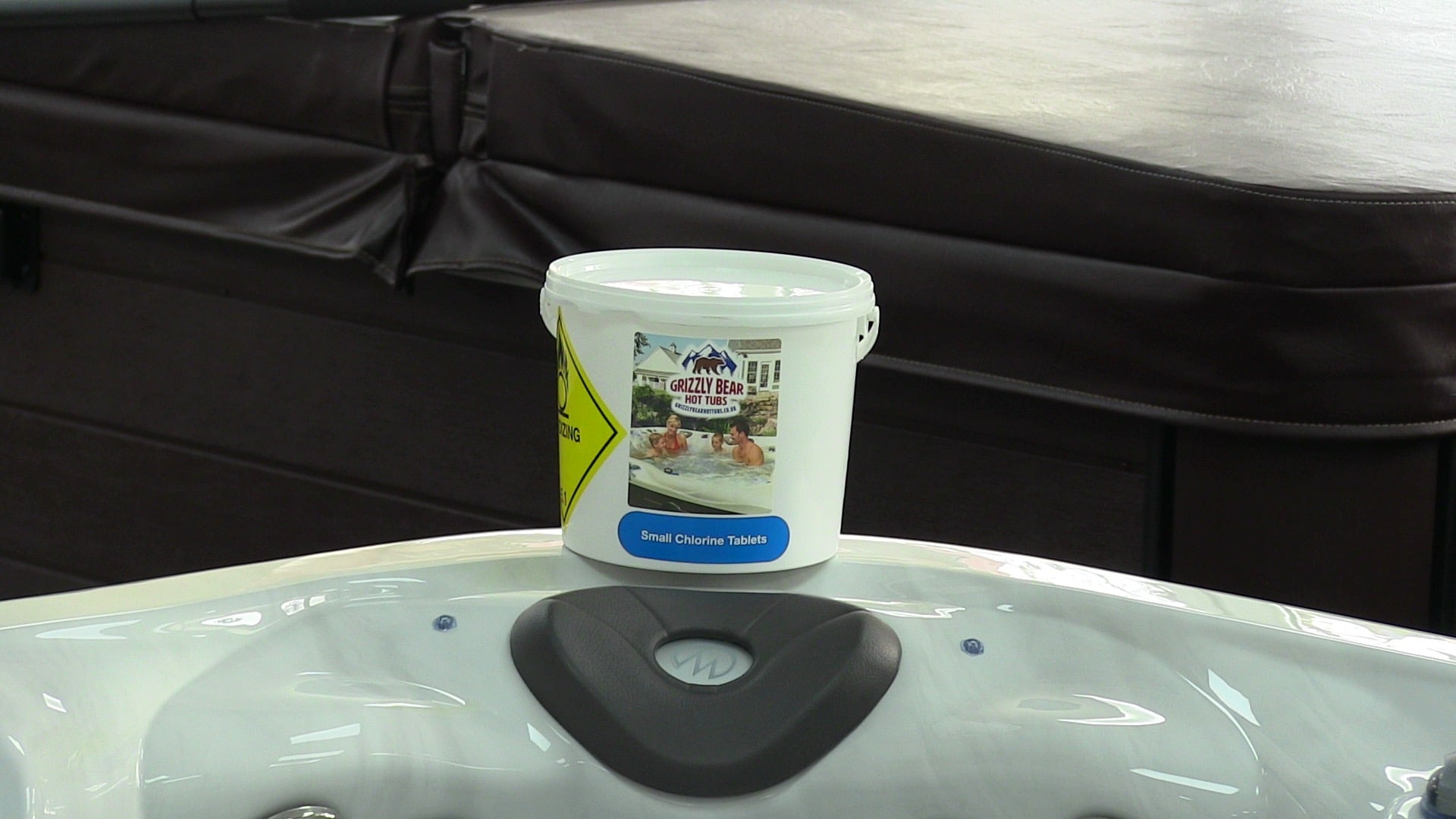
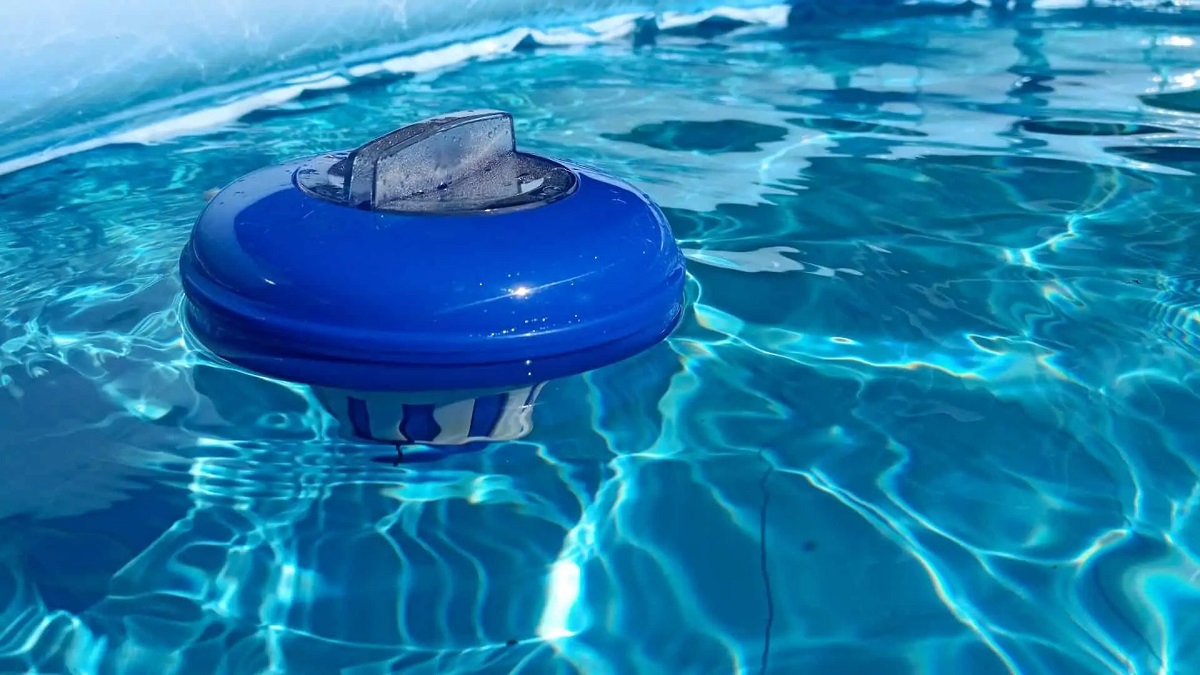
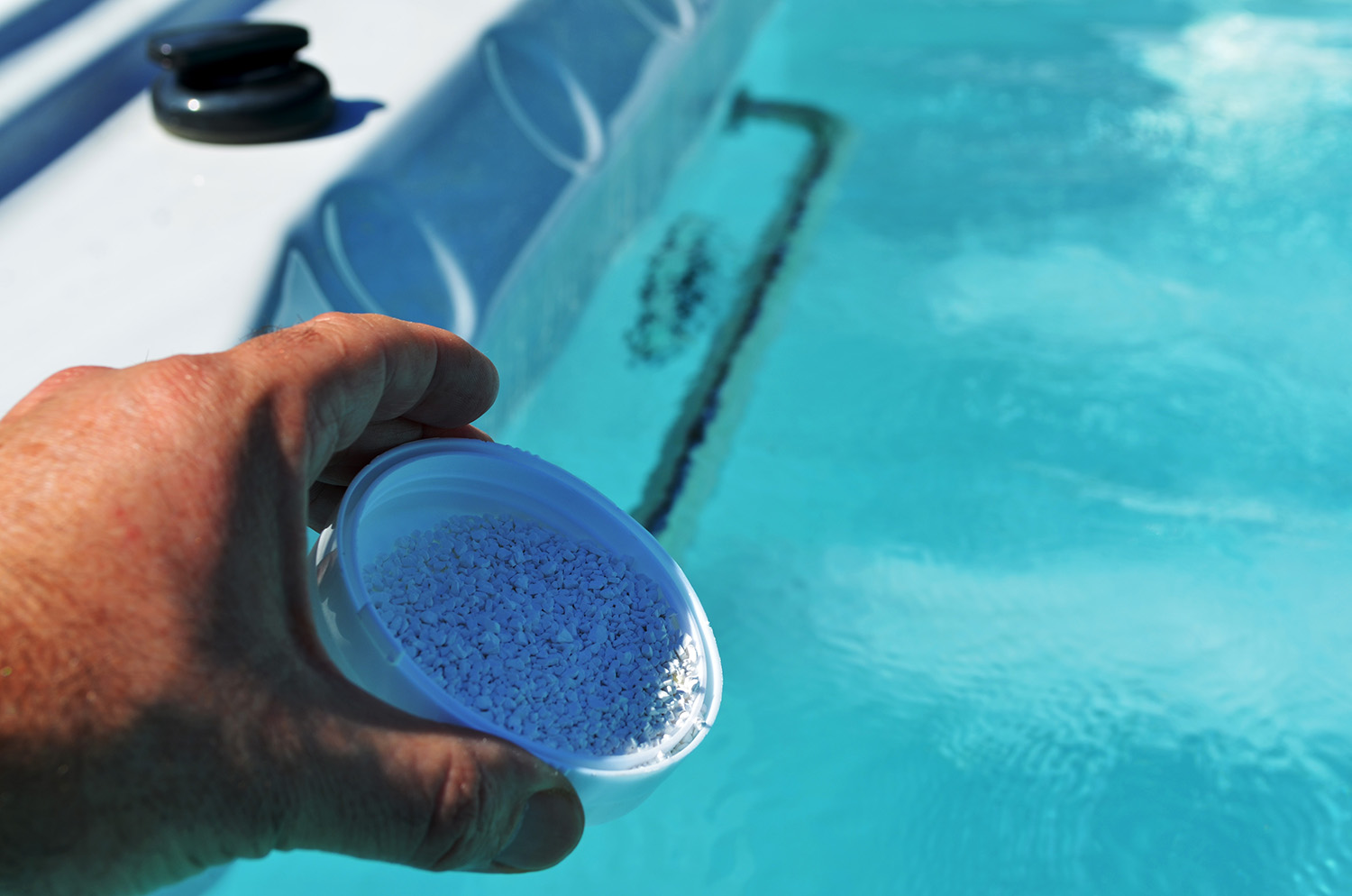
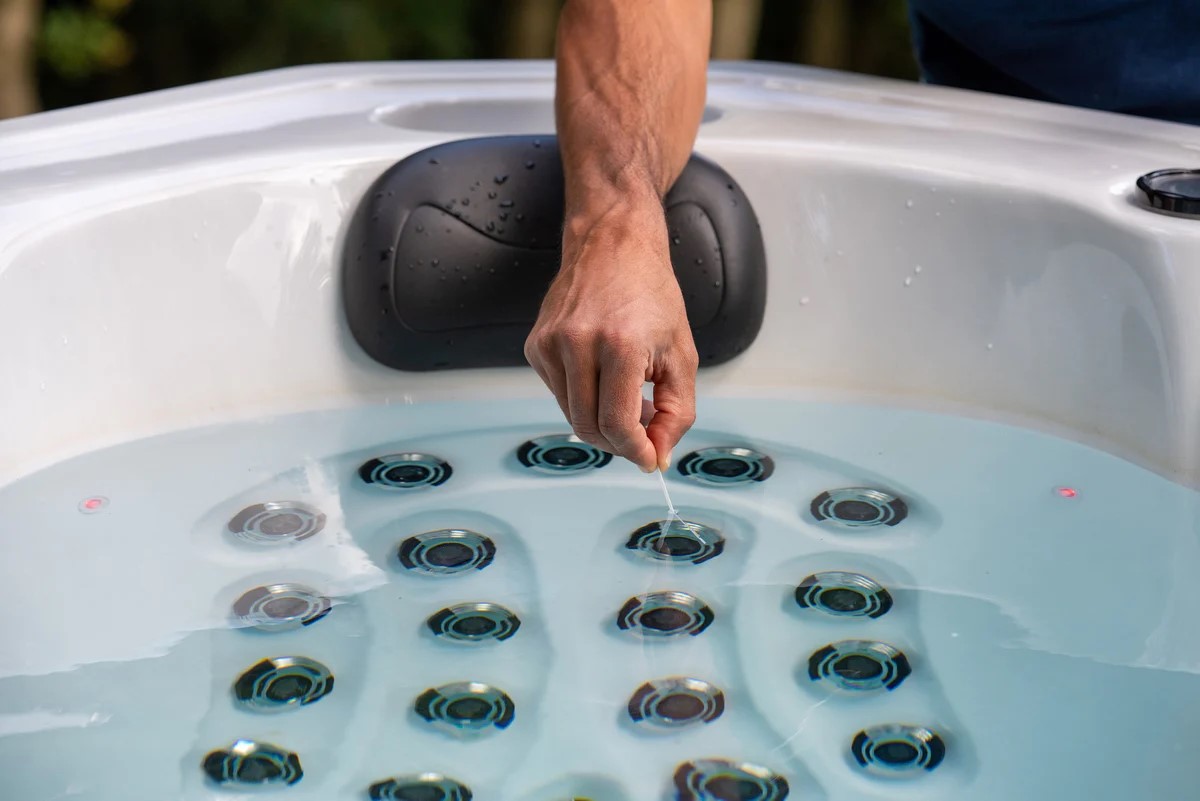
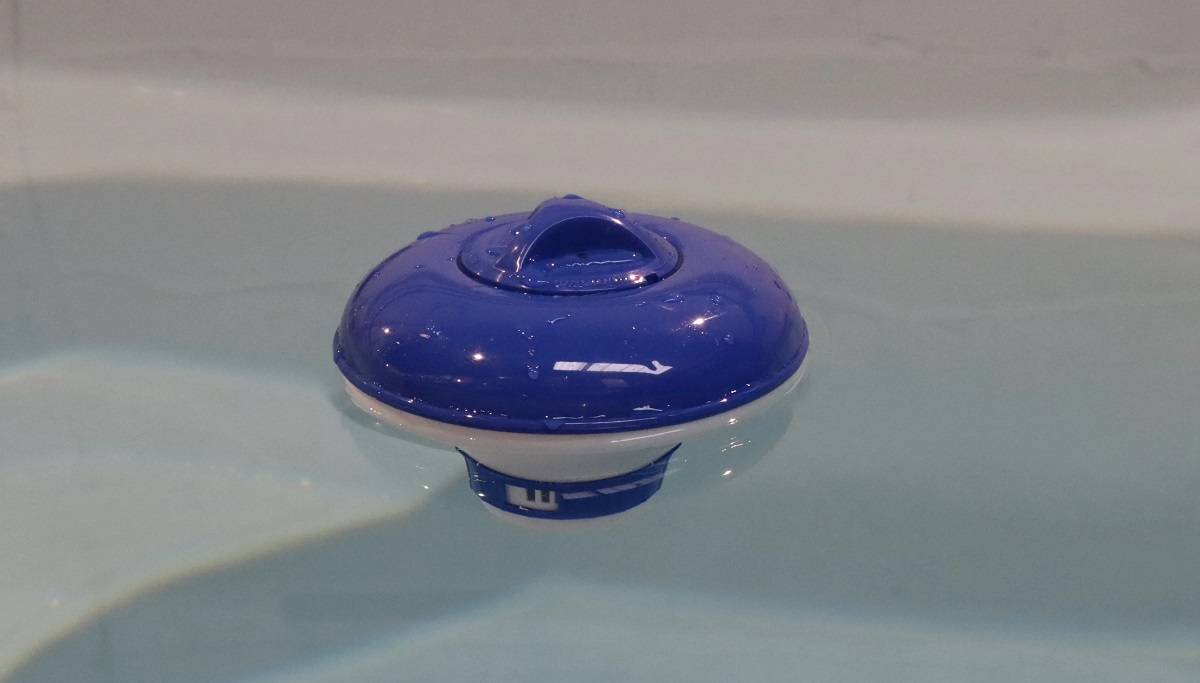
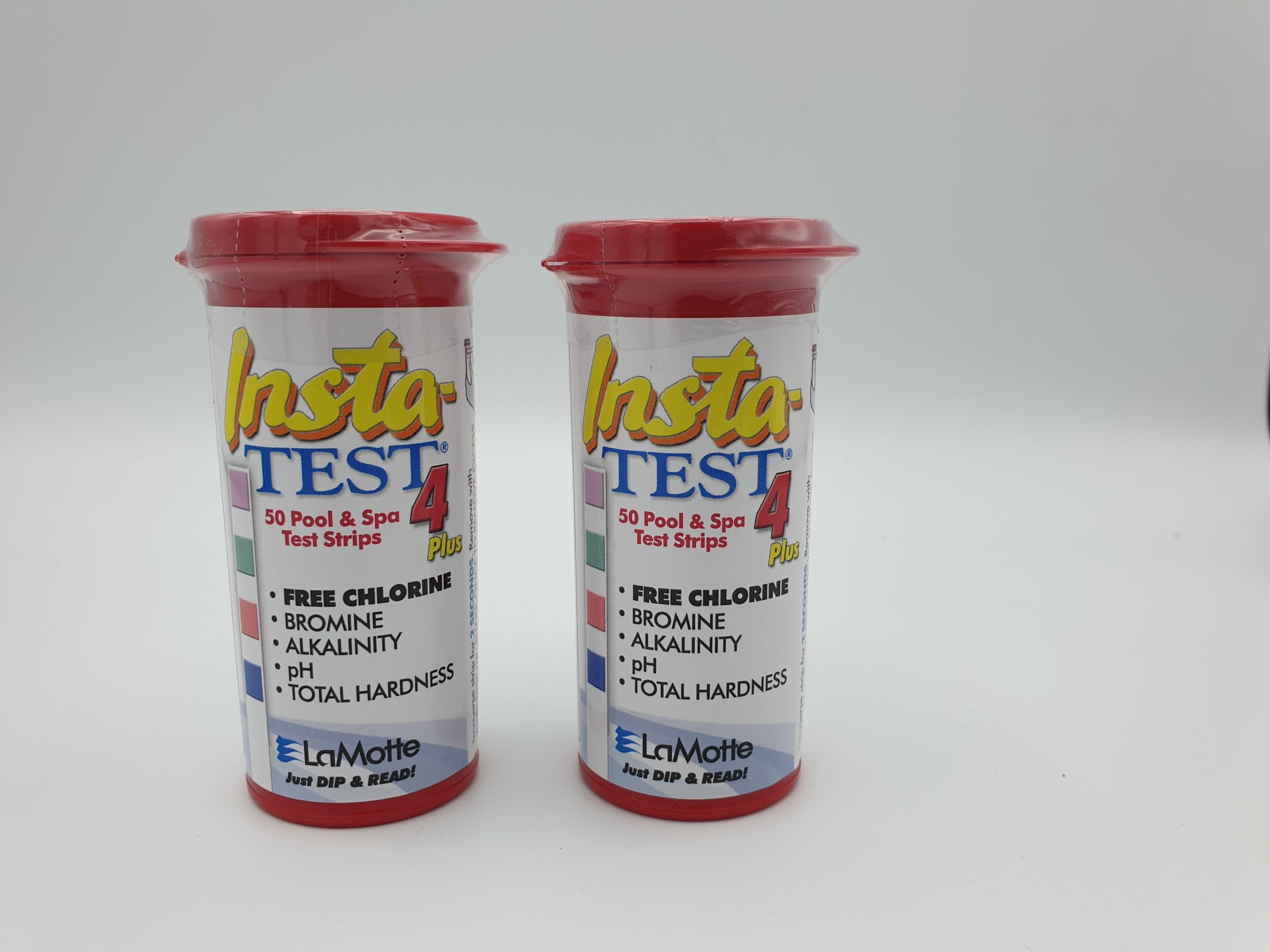

0 thoughts on “How To Lower Chlorine Level In Hot Tub”